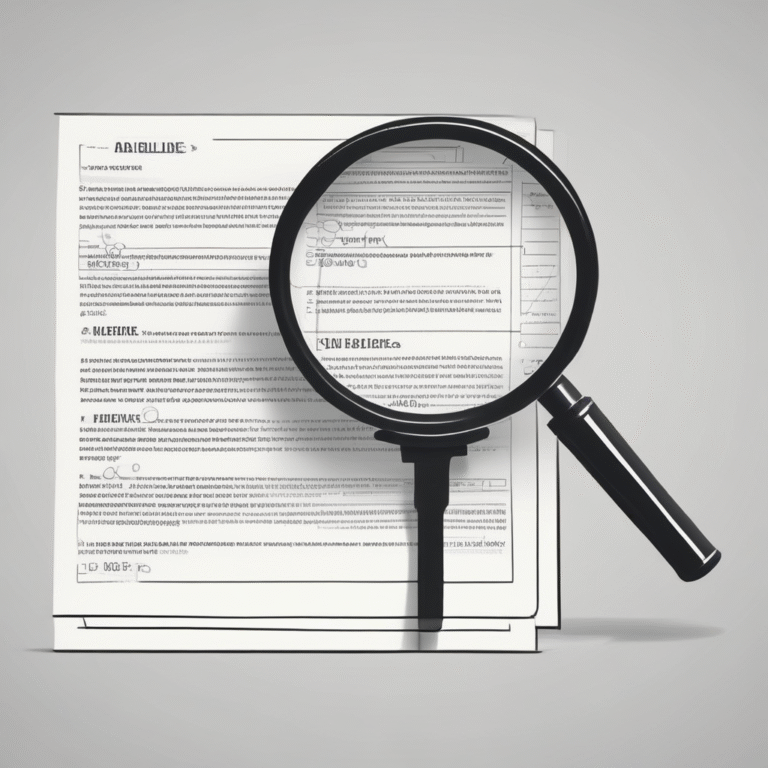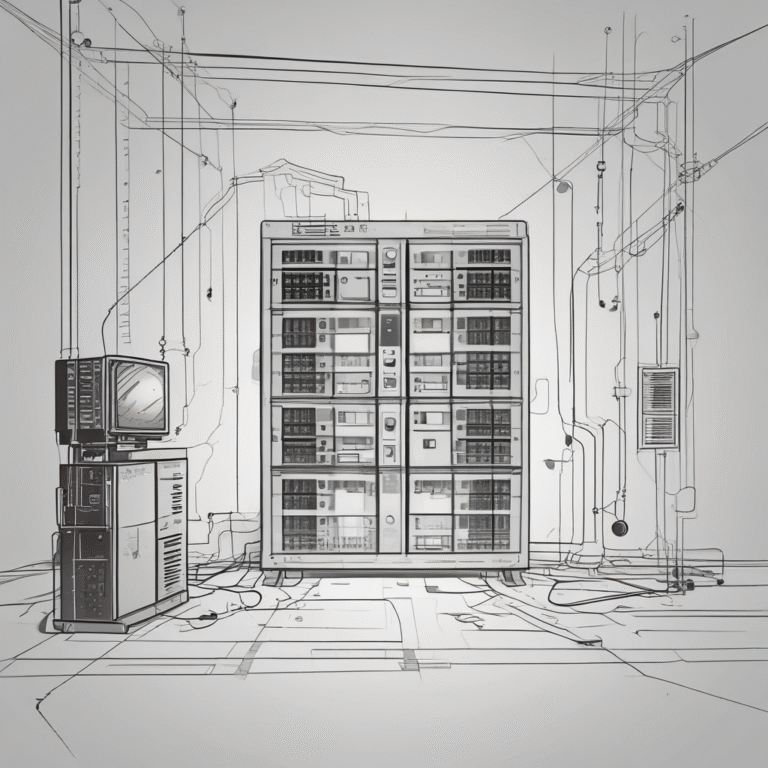Overview of the EU’s GPAI Code Development
The European Commission’s AI Office recently published the second draft of the Code of Practice for providers of general-purpose AI (GPAI) models. This development is critical for the implementation of the EU’s landmark AI Act, which aims to regulate AI technologies effectively.
Concerns About the Drafting Process
Despite its significance, the current drafting process has raised several concerns. Stakeholders were provided with only 10 days to review the first draft, leading to questions about how their feedback was incorporated in such a short timeframe. This lack of adequate review time has led to widespread criticism from various Members of the European Parliament and industry representatives.
Issues with the Second Draft
The second draft has been criticized for including measures that were previously rejected during the negotiations of the AI Act. These include:
- Mandatory third-party assessments
- Differentiated treatment between smaller and larger GPAI developers
If these measures are implemented, they could transform the Code into an undemocratic vehicle that undermines the legislative integrity of the AI Act.
Potential Consequences
The current direction of the GPAI Code poses a risk to the fundamental principles of the AI Act and could lead to a jeopardization of trade secrets and confidential information of companies involved in AI development. There are also concerns that the draft lacks fundamental safeguards necessary for the protection of AI models.
Importance of Stakeholder Engagement
For the Code of Practice to succeed, it is essential to grant stakeholders and independent experts sufficient time to review and provide feedback on drafts. The urgency of this intervention cannot be overstated; without it, the drafting process cannot produce a workable Code that meets the needs of developers and the broader AI ecosystem.
Conclusion
The development of the GPAI Code is a pivotal moment for the regulation of AI in Europe. The ongoing drafting process necessitates careful consideration and substantial improvements to ensure that it fosters a safe and competitive environment for AI innovation.










